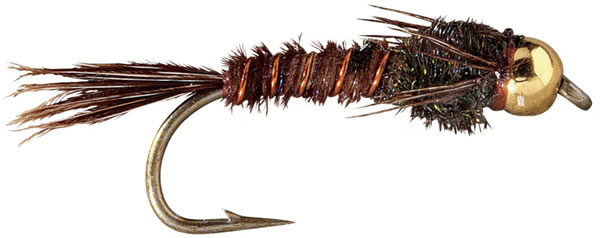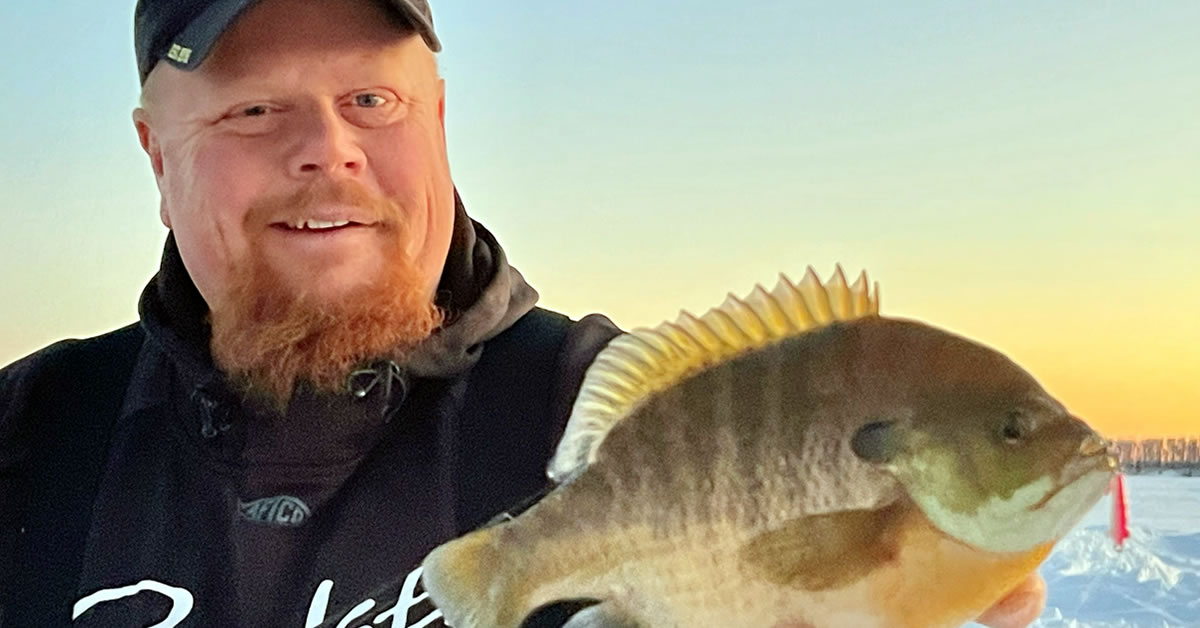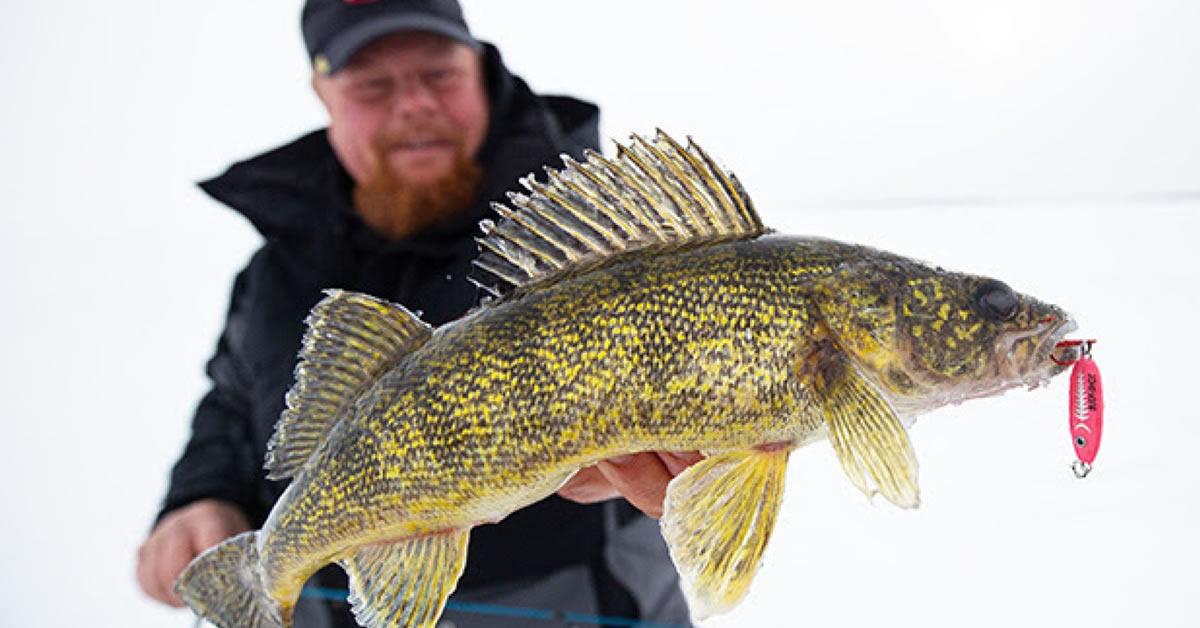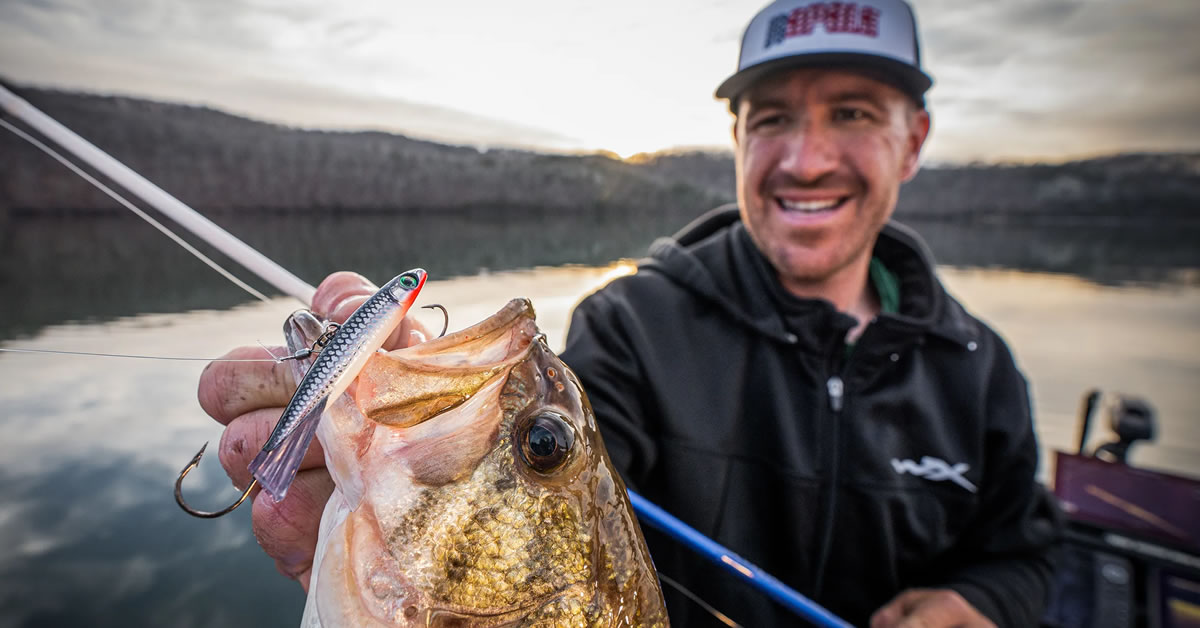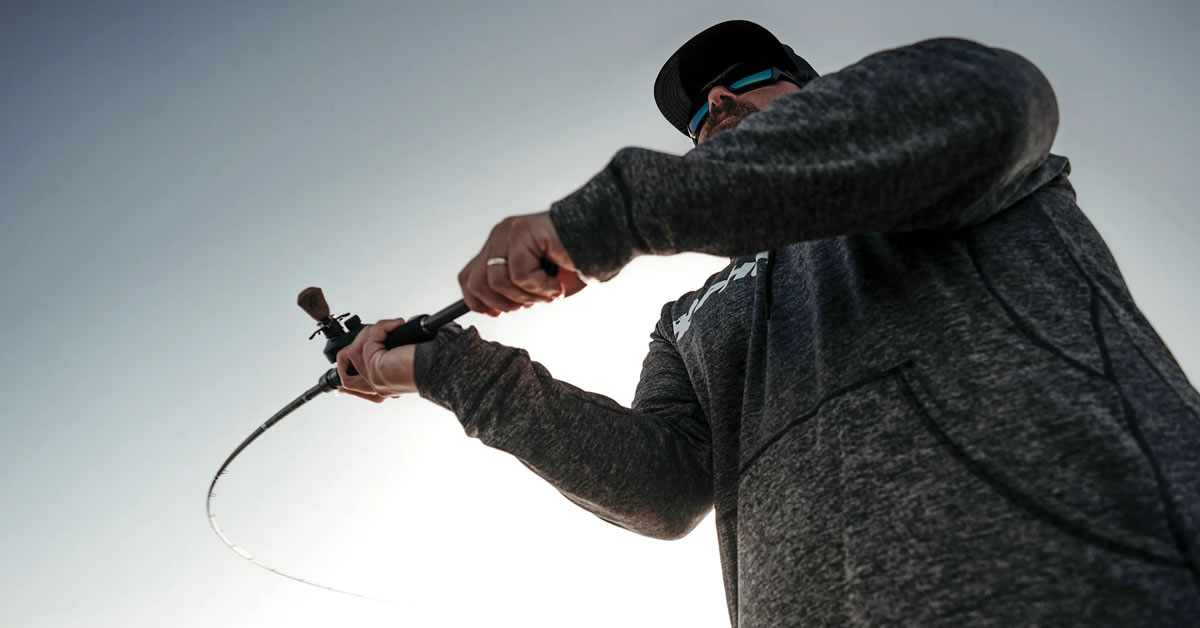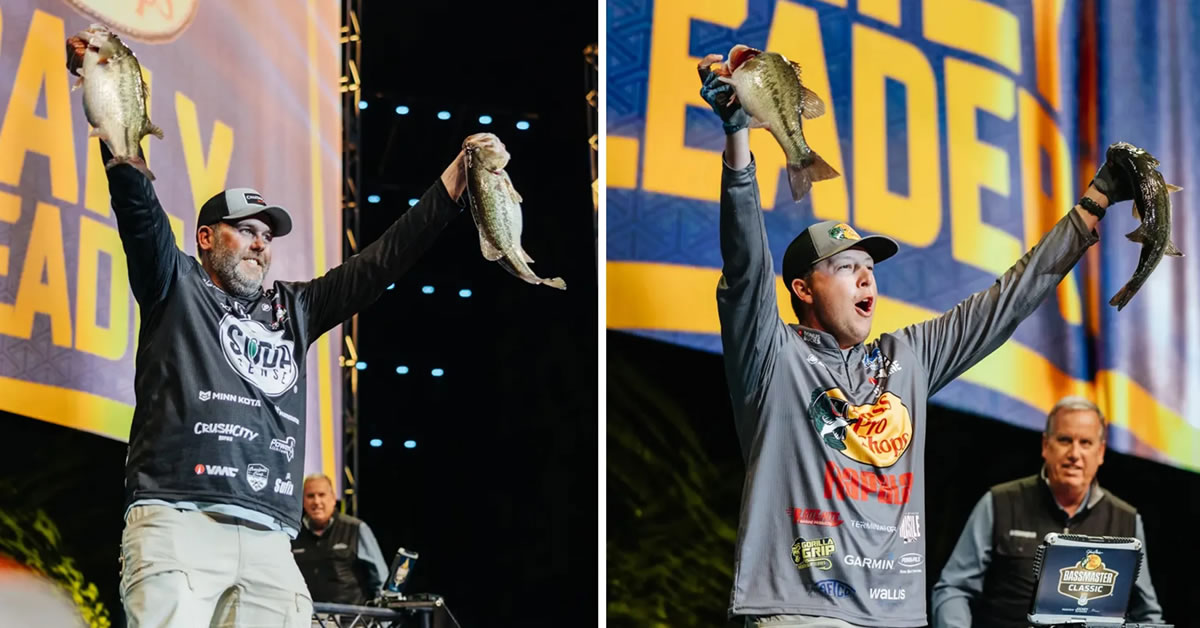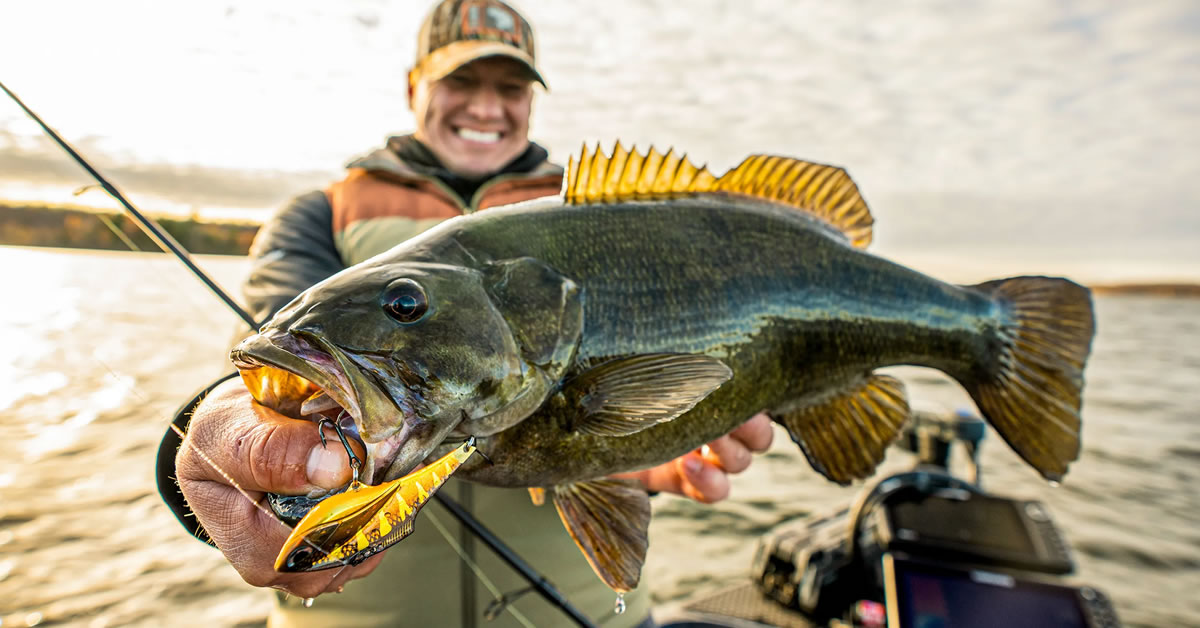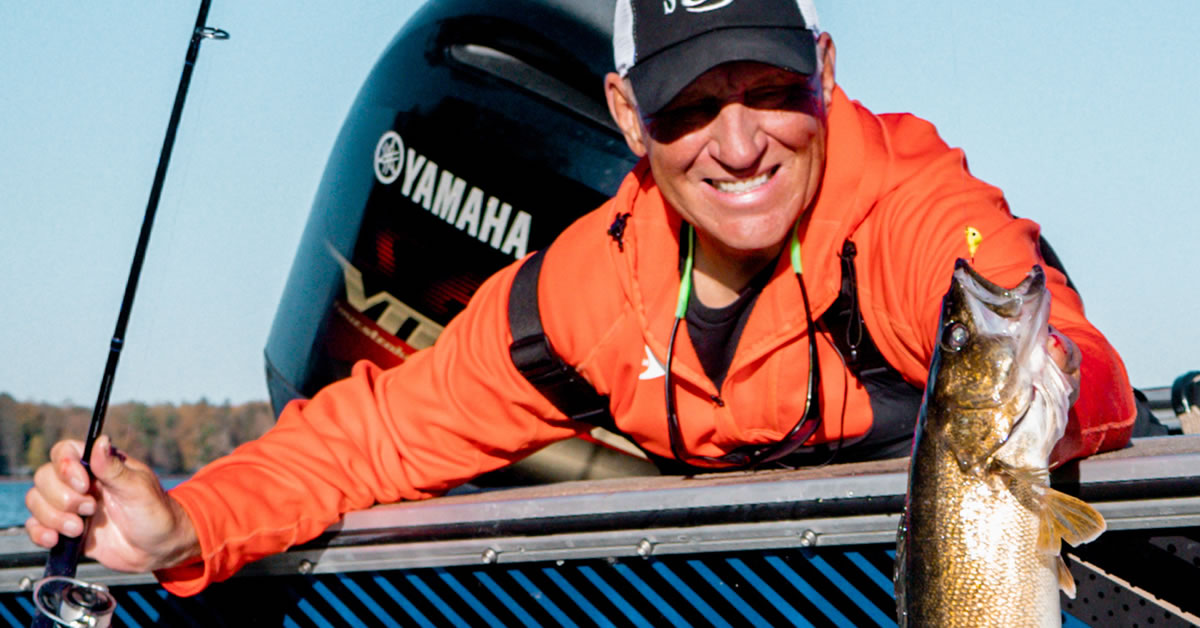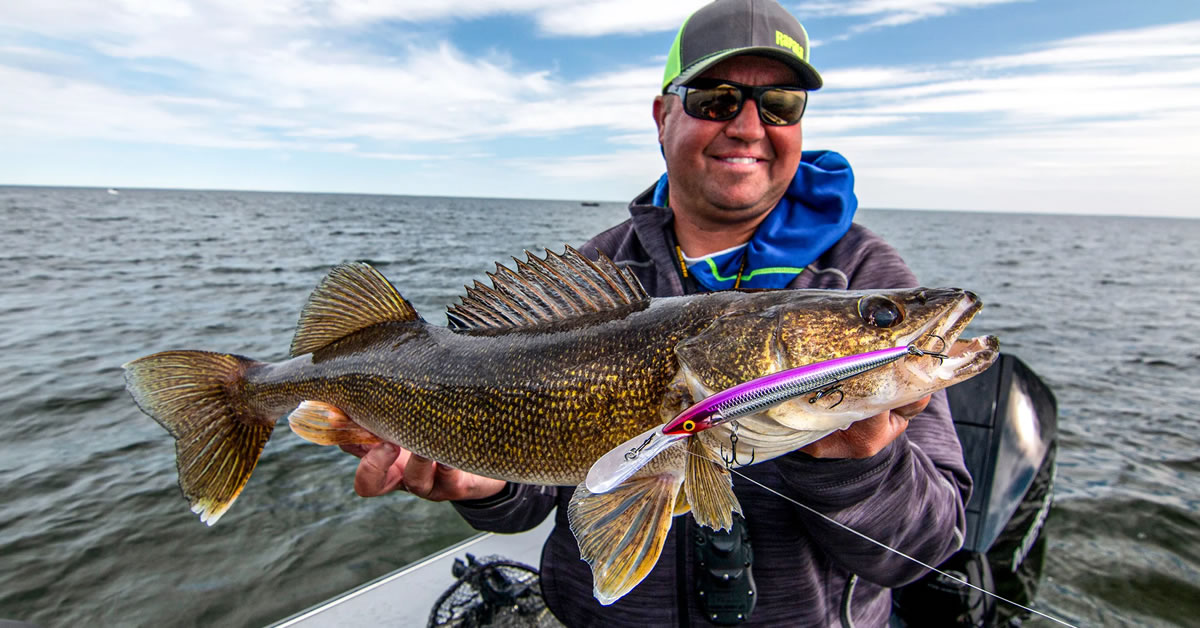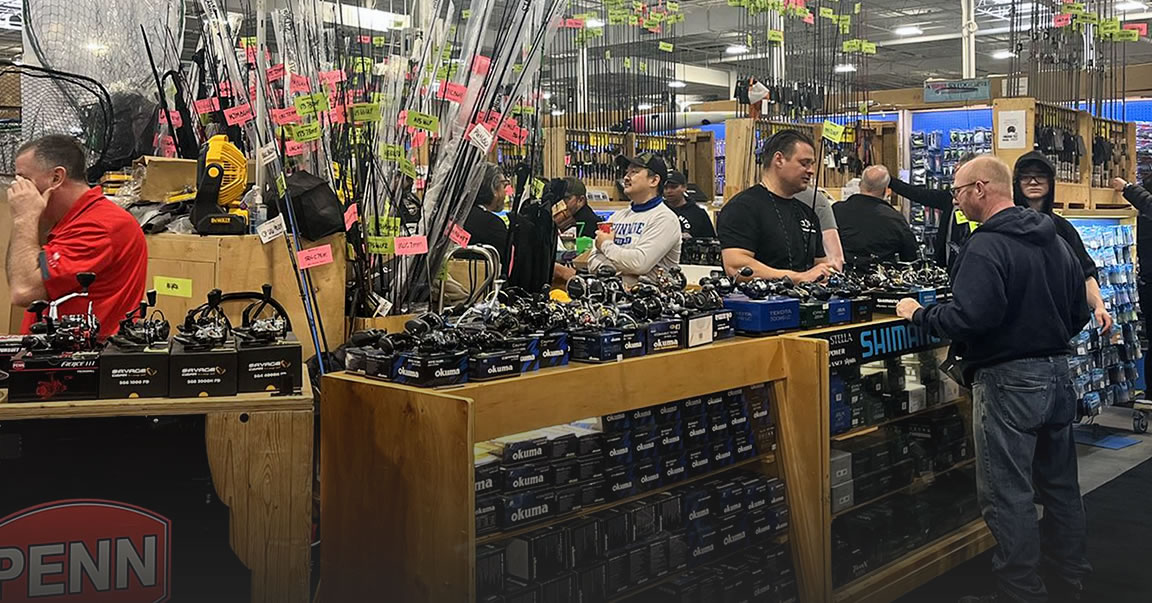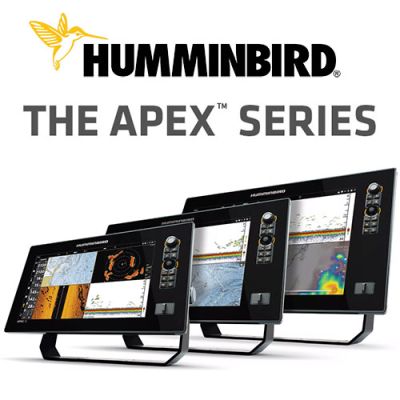Using Your Head For Steelhead
It might look challenging, but effective fly fishing for steelhead is just a matter of using your head
by Craig RitchieFishing is all about using your head, and nowhere is that more truthful than when fly fishing or steelhead. Of course in this instance, when I say using your head, I'm not talking about the 10 or so pounds of meat, bone and gelatin mounted atop your neck. I mean using a bead head, also known as perhaps the most effective type of fly used for catching migratory rainbow trout.
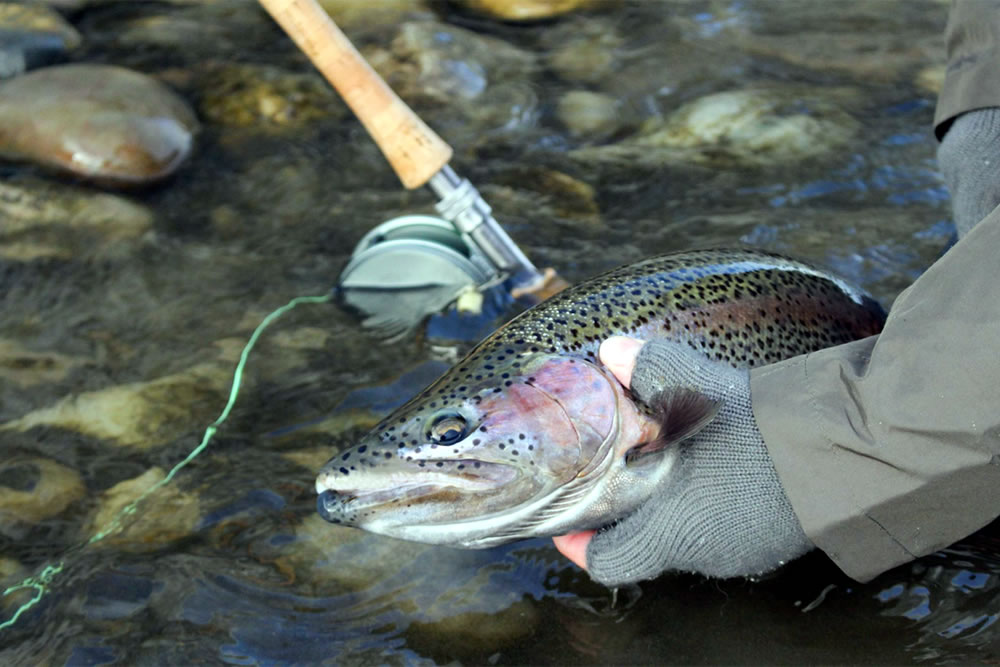
Bead head nymphs used for steelhead tend to be smallish, usually sparsely tied on size 8 to 12 hooks with normally drab, dull-colored materials so the whole thing looks like a grubby little bug roughly the size of your fingernail. They come in literally thousands of different patterns, none of which really matters beyond rough size and tone. Pick up some shiny ones and some dull ones, in grey, brown and black and you'll be ready for just about anything.
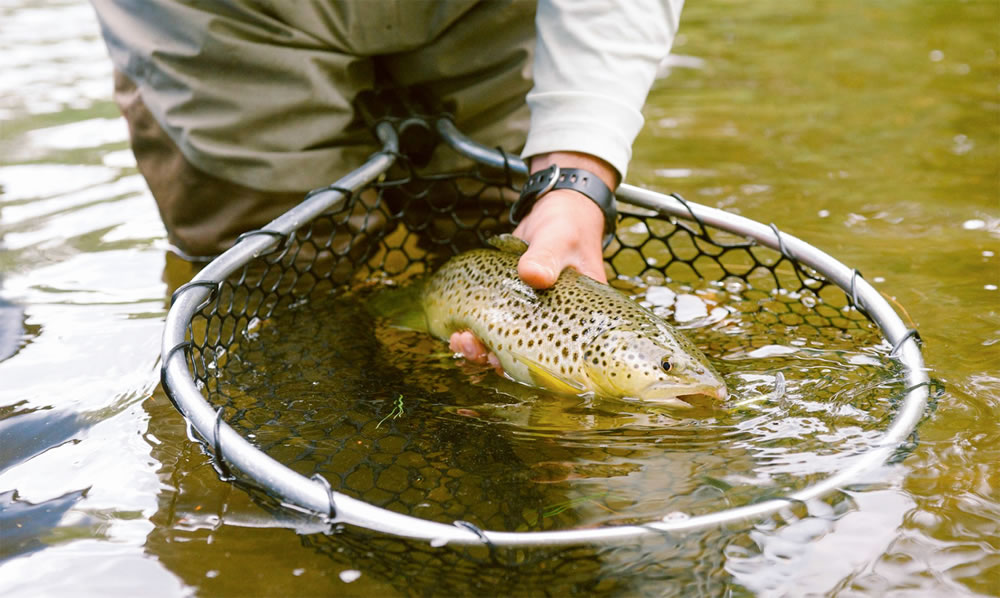
The weighted fly will sink quickly when it hits the water. To keep it down deep, you want to minimize the amount of line contacting the surface of the water. That's because water at the surface always moves much more quickly than water flowing near the stream bottom, and unless you do something to correct it, the line floating on top will lift your fly out of the strike zone pretty quickly.
High sticking - holding the rod so the tip points skyward - keeps most of your line off the surface of the water, yielding a more vertical path between rod tip and fly. That means less chance of the current messing up your drift, and more chance of enticing a hit.
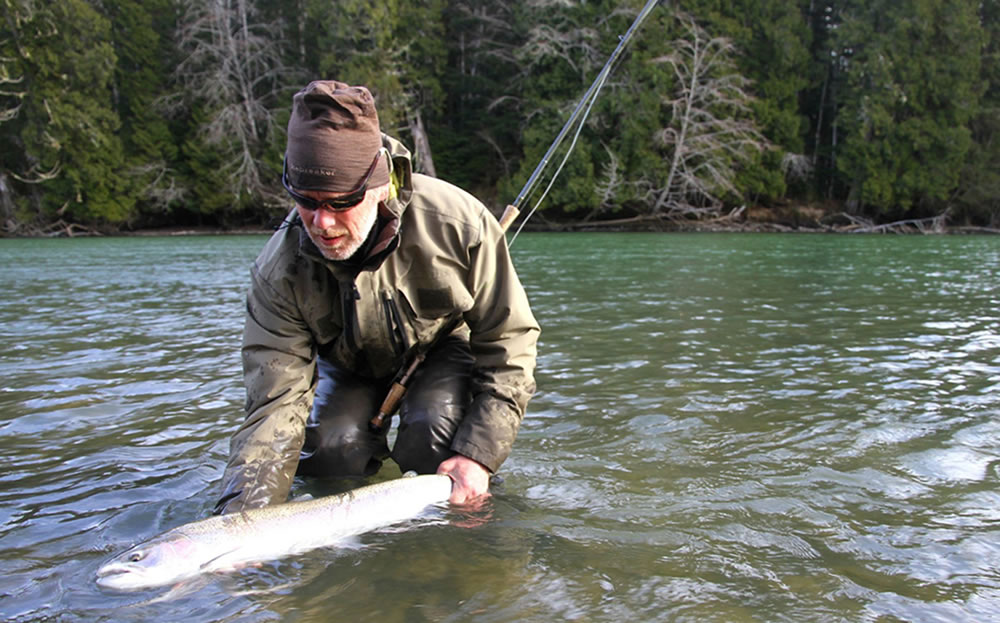
Once you get a feel for it, the actual fishing becomes child's play. You cast quartering upstream, quickly adjusting your rod position as soon as the fly makes contact to gain that vertical presentation. Simply let the current carry the fly along bottom through all those deep, fishy looking runs and holding pools, retrieving for another cast only when you can no longer sustain the correct attitude with your rod tip. From a single position, you can easily fish your way through an entire pool or run... taking a few steps upstream or downstream after you've thoroughly strained the water in front of you.
Sound too easy? Perhaps, but that really is all that there is to it.Most anglers don't catch steelhead in cold water because they fail to get their offering down to the fish. High sticking a bead head nymph achieves that, and with minimal fuss and effort. If you're ready to up your game, pick up some little bead headed bugs and get to it. Now that's using your head.


